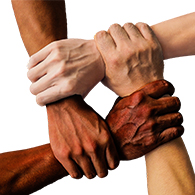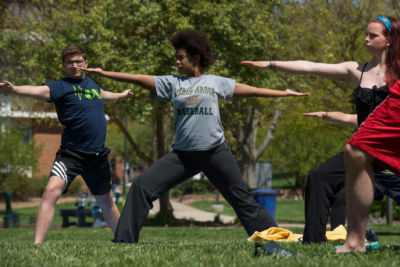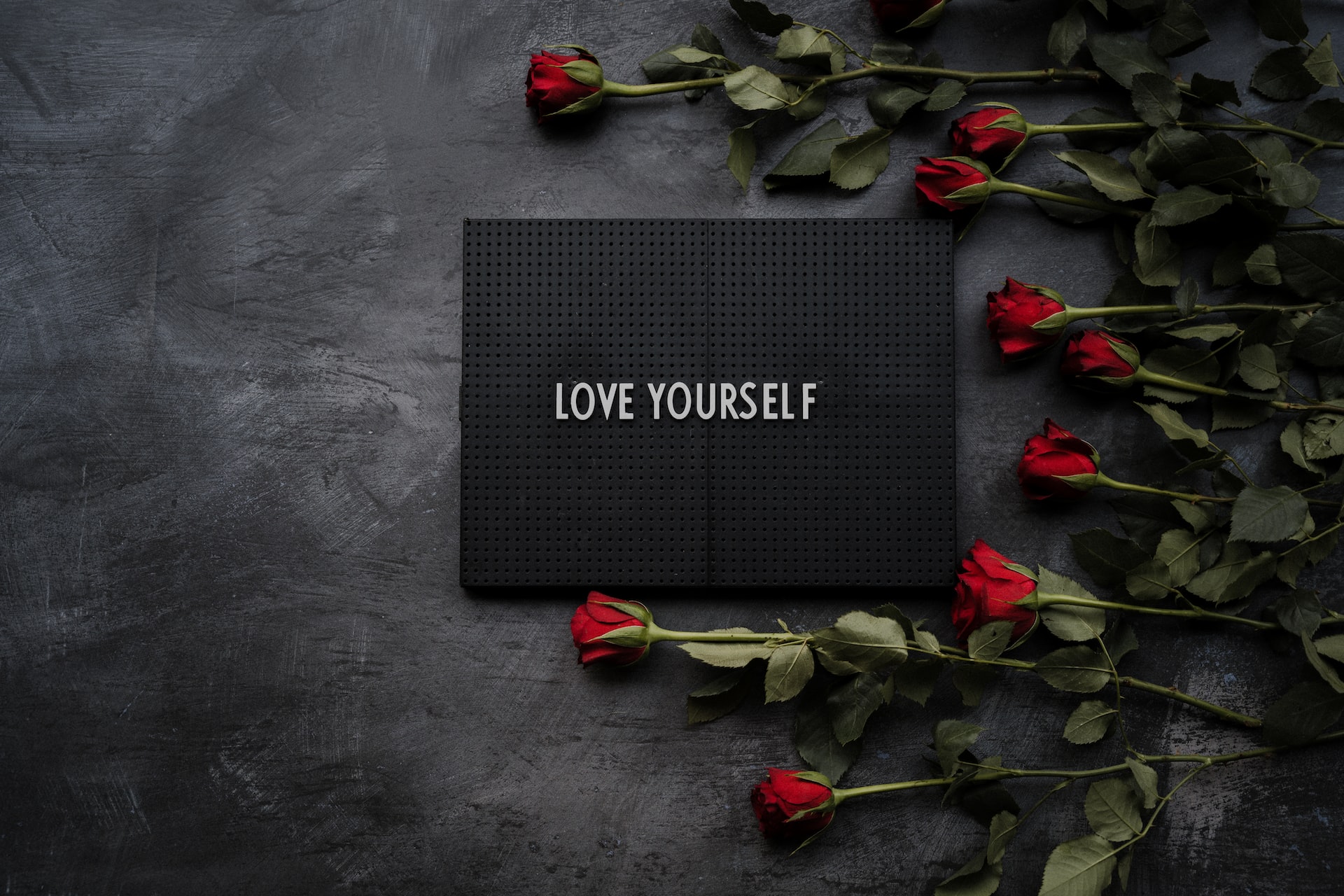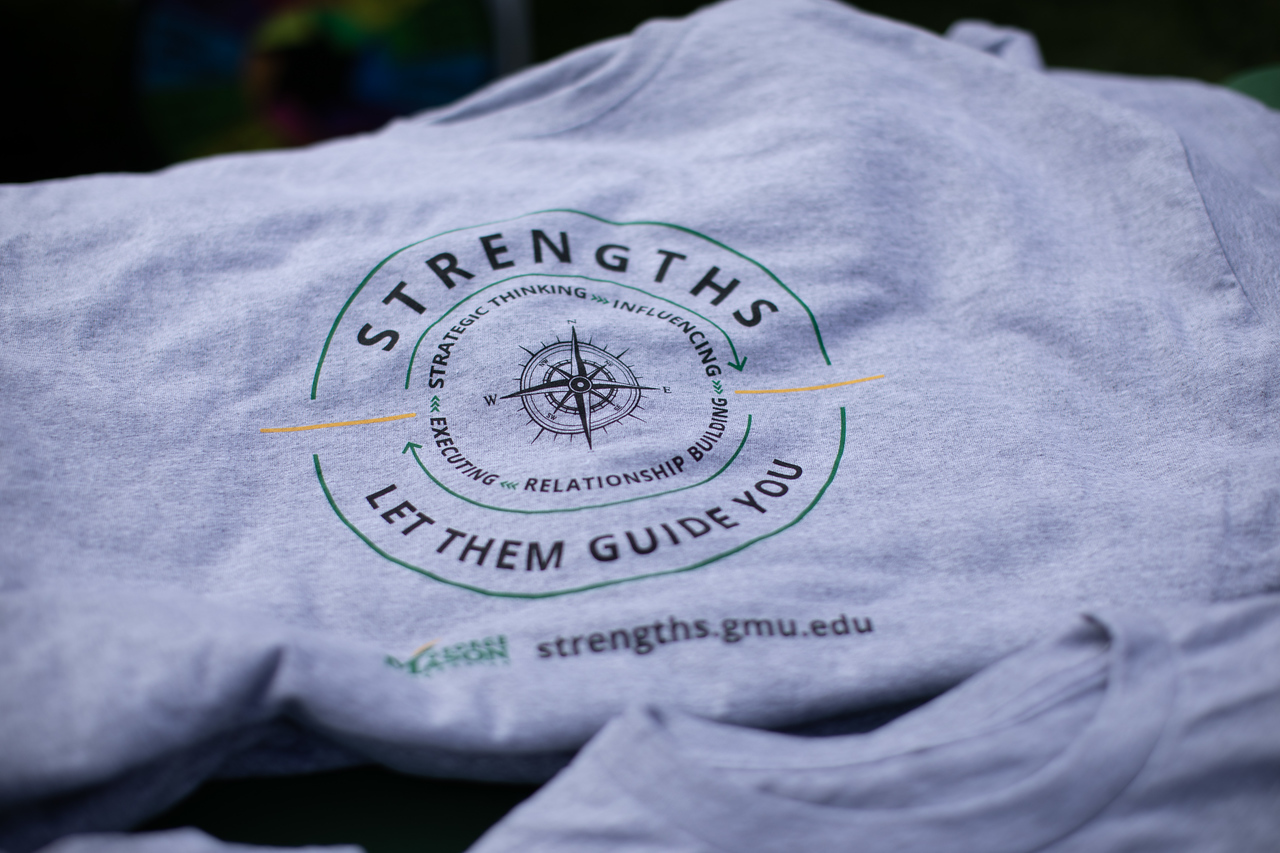By Kara Simon, Certified Yoga Instructor, Certified Reiki II Practitioner
“We have learned that trauma is not just an event that took place sometime in the past; it is also the imprint left by that experience on mind, brain, and body.”- Bessel van der Kolk, M.D.
The stress of living through painful circumstances can result in trauma. Trauma doesn’t just affect the mind; it’s also stored in the body. Trauma expert Bessel van der Kolk, M.D. shares extensive research on how the body stores trauma in his book, The Body Keeps the Score: Brain, Mind, and Body in the Healing of Trauma. Our bodies remember trauma, even if our minds don’t. Anxiety, depression, post-traumatic stress disorder (PTSD), headaches, chronic pain, jumpiness, trouble focusing, memory issues, insomnia, nightmares and more are all common ways our body holds onto trauma, according to this PsychCentral article. No matter what traumas we have gone through, we need to release the stored energy of those traumas. Then we can experience healing and greater well-being.
We can experience different types of trauma. While we often perceive trauma as a single, major event – such as the death of a loved one or a global pandemic – trauma can also happen at a micro level. Micro-traumas, according to this article by Restore Mental Health, are “small, repeated experiences that can accumulate over time and leave you with emotional wounds, significantly impacting your mental and emotional well-being.” Everyday stress in the workplace, a bad breakup, and discrimination are all examples of micro-trauma. The truth is that we have all experienced trauma at one time or another in our lives.
Pathways to Healing
Despite the pain of trauma, there is hope for greater well-being, and a plethora of resources for our pathways to healing. The key to managing stress and releasing stored trauma is first understanding how it manifests in the body. Practices such as mindfulness and meditation give us the opportunity to be present with our bodies so we can identify and understand which emotions might be causing our physical issues.
My favorite example of this is the saying, “I’m carrying the weight of the world on my shoulders.” When life gets overwhelming for me, my shoulders tense up. When you feel overwhelmed, perhaps you experience headaches, clenching your jaw, or tightness in your back. I invite you to pause for a moment and scan your body for any tightness or tension. What do you feel? What’s on your mind as you notice this tension? Which emotions arise? Now, take a deep breath in and out.
Breathing
Research shows that breathwork is a simple, accessible way to lower our stress through stimulating the vagus nerve. To understand how breathing can be supportive for managing stress and releasing stored trauma, we must first understand how the Autonomic Nervous System (ANS) works. The ANS is made up of 2 divisions: the Sympathetic Nervous System (SNS) and the Parasympathetic Nervous System (PNS). The SNS is known as our “Flight or Fright” portion of the nervous system. This helps us to react when in danger or in an emergency, as well as during exercise. The PNS is known as our “Rest and Digest” portion of the nervous system. This is active when eating a large meal or resting. The vagus nerve is the primary function of the Parasympathetic Nervous System and controls our heart rate, blood pressure, digestion, and immune responses.
This brief anatomy lesson is important to understand how breathing works. By breathing deeper, slower, and more consciously we are stimulating the vagus nerve and the “rest and digest” portion of our nervous system, aiding in reducing cortisol levels and lowering blood pressure. In the process, we can relieve our stress. There are many different types of breathing techniques to try, and I encourage you to explore and find what works best for you.
Somatic Movement
We live in a busy, fast-paced world. When we’re rushing around on the go, we may feel uncomfortable with mindfulness meditation until we learn more about it and start practicing it. No matter how much stress we’re experiencing, we can discover some somatic movement mindfulness practices that are useful for healing our bodies. Somatic therapy practices, which are guided by therapists, invite healing into the body through an awareness of sensation and safety, according to this article by Harvard Health Publishing. We can also use sophrology to release the energy of trauma that we’ve storied in our bodies. Other somatic movement practices like hugs, body scans, grounding, and visualization can support us as we release trauma and reestablish a mind-body connection. This PsychCentral article lists some great options for exploring somatic practices at home.
Trauma-Sensitive Yoga
Many people practice yoga for stress management. But for releasing energy from trauma, specifically pursuing trauma-sensitive or trauma-informed yoga can be a more supportive practice than traditional yoga. Trauma-sensitive yoga features movements that might feel less vulnerable and physically more supportive than traditional yoga, by offering variations and modifications. According to this article by the Cleveland Clinic, trauma-sensitive yoga can help reduce PTSD symptoms, encourage students to slow down, and feel more connected and balanced overall.
Conclusion
While we each experience trauma from different circumstances, we can each also heal from that trauma. Releasing the energy of trauma that is stored in our minds and bodies is an important part of our healing process. Whenever we feel overwhelmed by the stress of our trauma, we can try any of these practices to strengthen our well-being.
Additional Resources
Find support to reduce and manage stress through Mason’s Counseling and Psychological Services.
Discover Mason’s well-being and mental health resources on the Patriots Thriving Together website.
Learn more about how trauma impacts the mind and body at the Trauma Research Foundation’s website.
Find a certified trauma-sensitive yoga trainer on the Center for Trauma & Embodiment’s website.
Write one of these Thriving Together Series features! We’re looking for contributions on all topics related to well-being. Read other Thriving Together Series articles here and contact us at cwb@gmu.edu for guidelines. Thank you for helping our Mason community thrive together online!






















